In the competitive oral beauty and personal care market, whitening device quality control is not just about preventing defects—it’s about protecting your brand, building trust with end users, and meeting global compliance standards. For manufacturers of blue light teeth whitening devices, ensuring a low-defect rate requires a systematic and comprehensive approach to quality management. In this article, we’ll explore five critical steps every factory should follow, including manufacturer quality inspection processes, FDA certification, and rigorous reliability testing protocols.
Quality starts with the materials. From medical-grade silicone to LED chips and batteries, every component must be sourced from verified suppliers. A high-quality whitening device requires:
Strict incoming quality control (IQC) helps prevent hidden issues before assembly begins.
During production, consistency is key. A reliable whitening device quality control process includes:
These processes ensure the physical structure, internal wiring, and charging functions of each device meet precise tolerances—reducing both cosmetic and functional defects.
A two-level inspection system is essential to catch problems early and late in the process:
Professional manufacturers implement AQL (Acceptable Quality Limit) sampling based on international inspection standards.
Even a perfect device in the factory may fail under real-world conditions. That’s why reliability testing is critical to long-term performance and customer satisfaction. Key reliability tests include:
These tests reduce warranty claims and boost brand reputation by ensuring real-world durability.
To sell teeth whitening devices internationally, regulatory compliance is non-negotiable. Obtaining FDA certification, CE marking, or other regulatory approvals assures your partners and end users that the product is safe and effective.
Quality control systems should support:
For professional manufacturers of blue light teeth whitening devices, minimizing defect rates is not just about catching errors—it’s about building a culture of quality from sourcing to shipment. Through:
Verified component sourcing
Controlled production processes
Thorough inspection procedures
Rigorous reliability testing
International FDA certification and compliance
You can achieve a consistently low defect rate and deliver high-performance, trustworthy products to global markets.
Looking for a manufacturer with strong quality control systems? Contact us to learn how our factory ensures top-tier product reliability for your brand through OEM/ODM services.
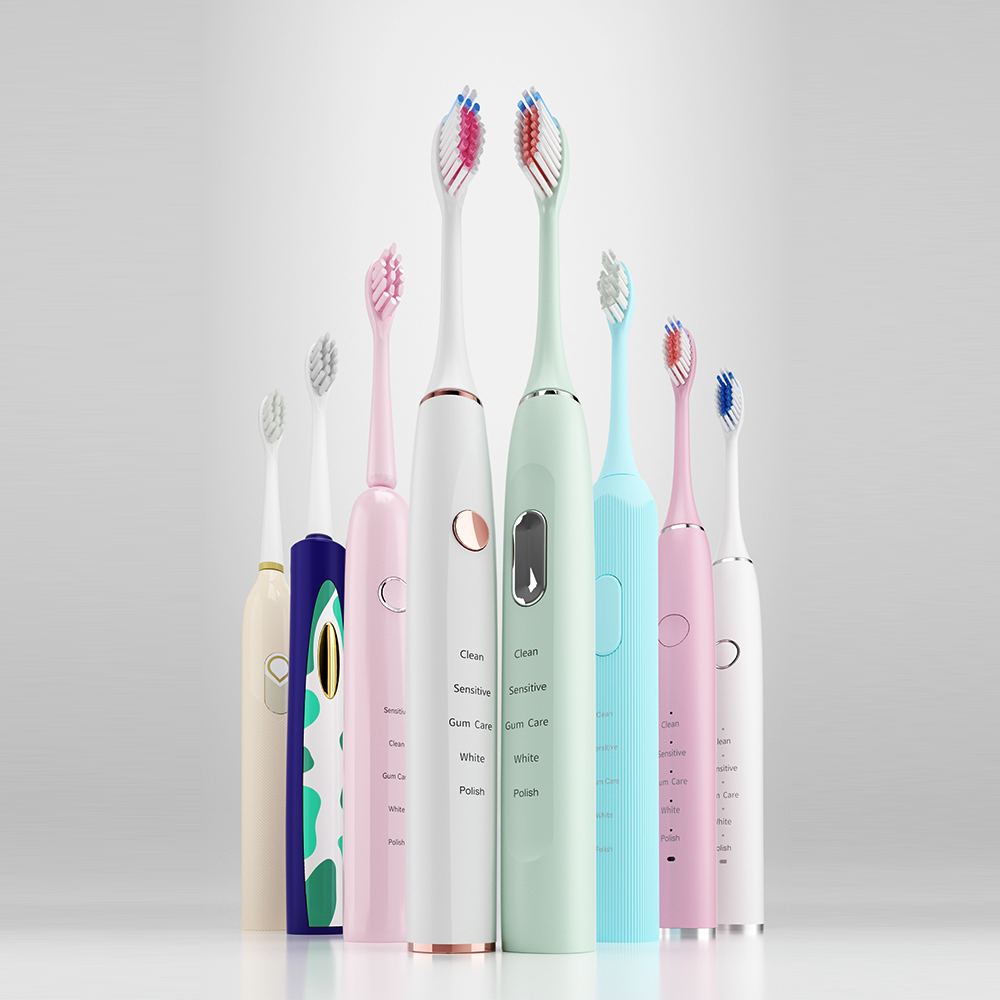
Innovative technology and development trend of electric toothbrushes
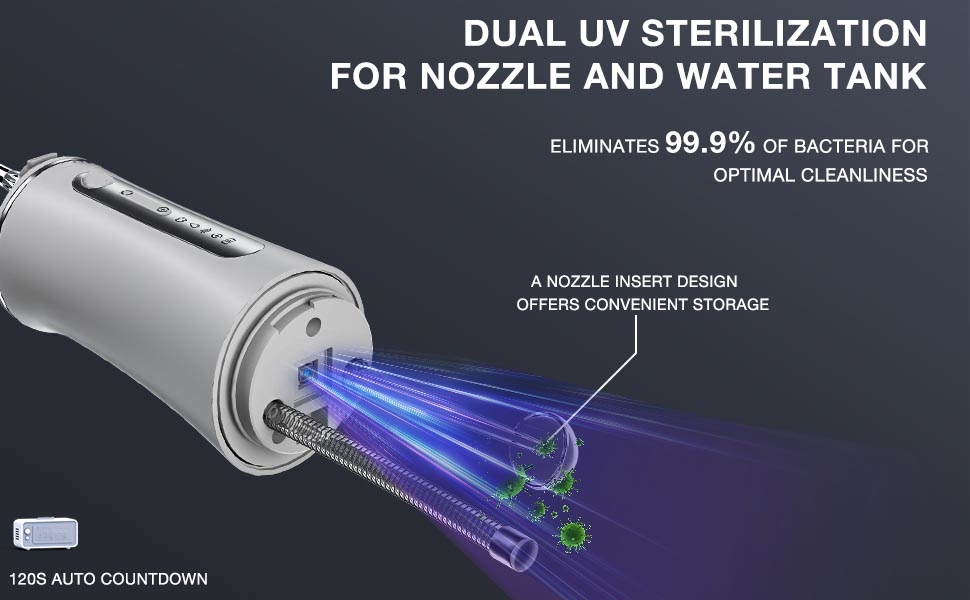
Common Water Flosser Failures and Solutions – A Guide from Oral Irrigator Supplier
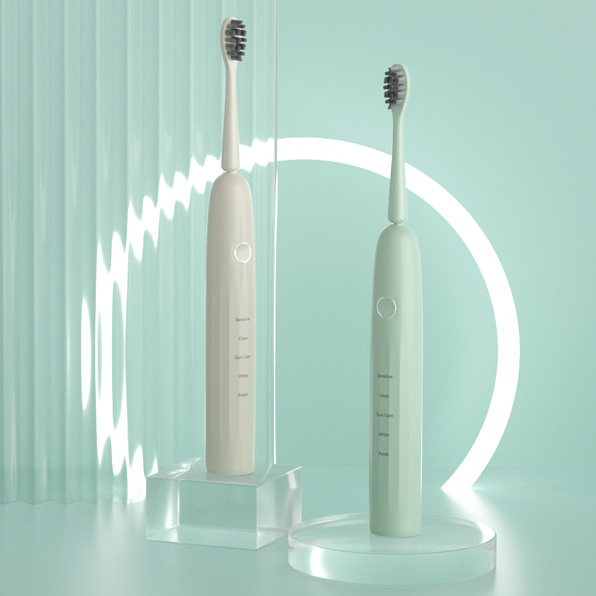
Beyond Aesthetics: How Integrated Design Elevates Your OEM Electric Toothbrush

Our electric toothbrush factory: manufacturing quality and Innovation
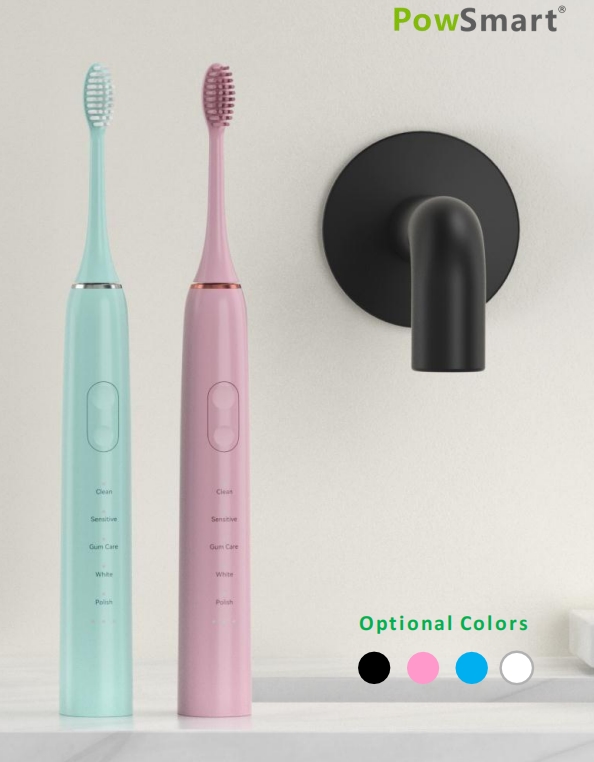
Is Long Battery Life Reliable?
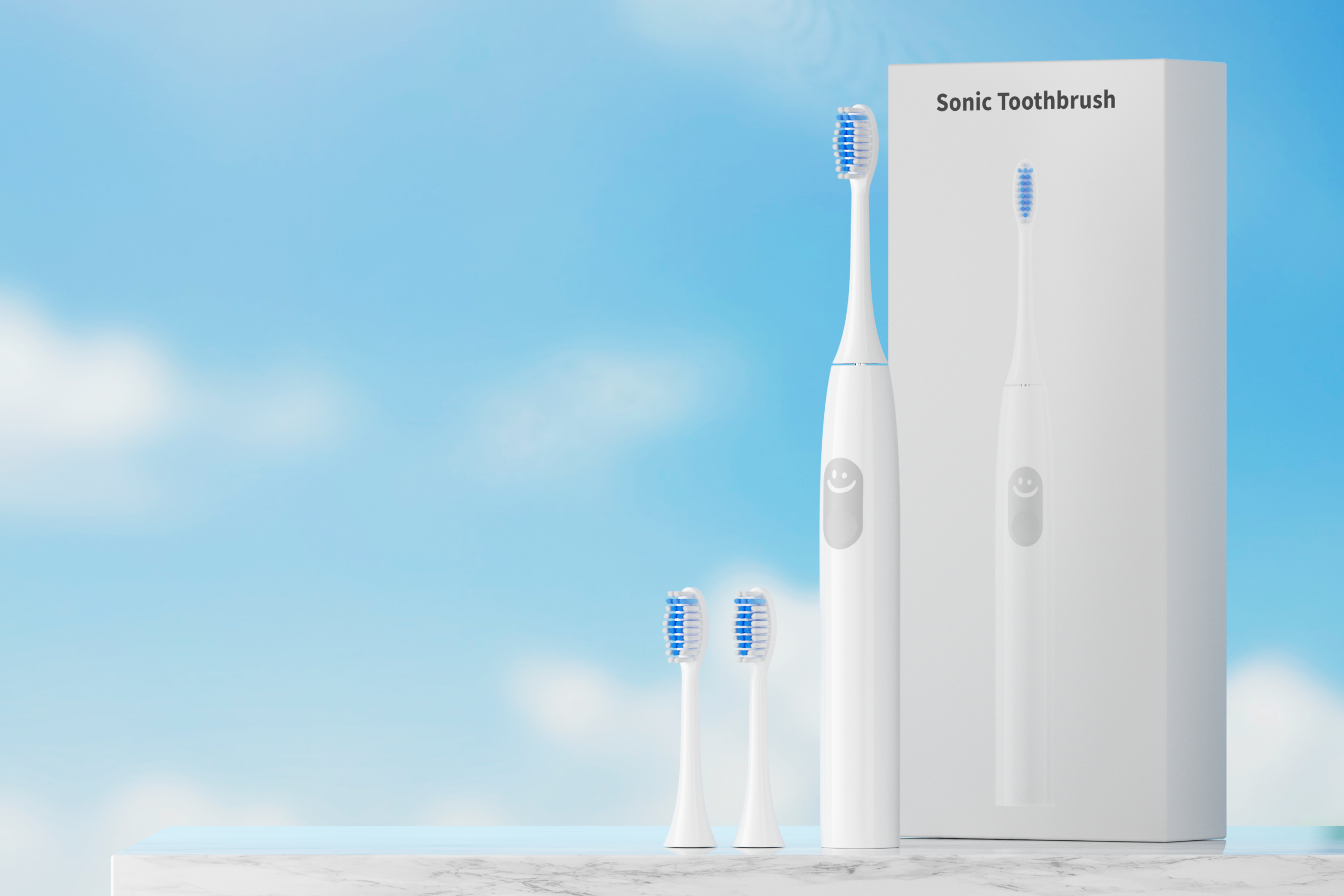
Factory Direct Pricing Texas-Sized Electric Toothbrush Bulk Deals

Can One Shared Charging Base Power a Family Pack Bundle of 4 Brushes?
.jpg)
Need a Toothbrush Business Providing Toothbrush Samples?
How Crown Compatibility Aligns with Pressure Sensors Tech?
Seal Degradation Plus Circuit Corrosion – Linked Failure?
Excessive Noise With Pulp Inflammation? Dual Threats From Electric Brushes!
IPX7 Waterproof Electric Toothbrush Bulk | Reliable B2B Supplier
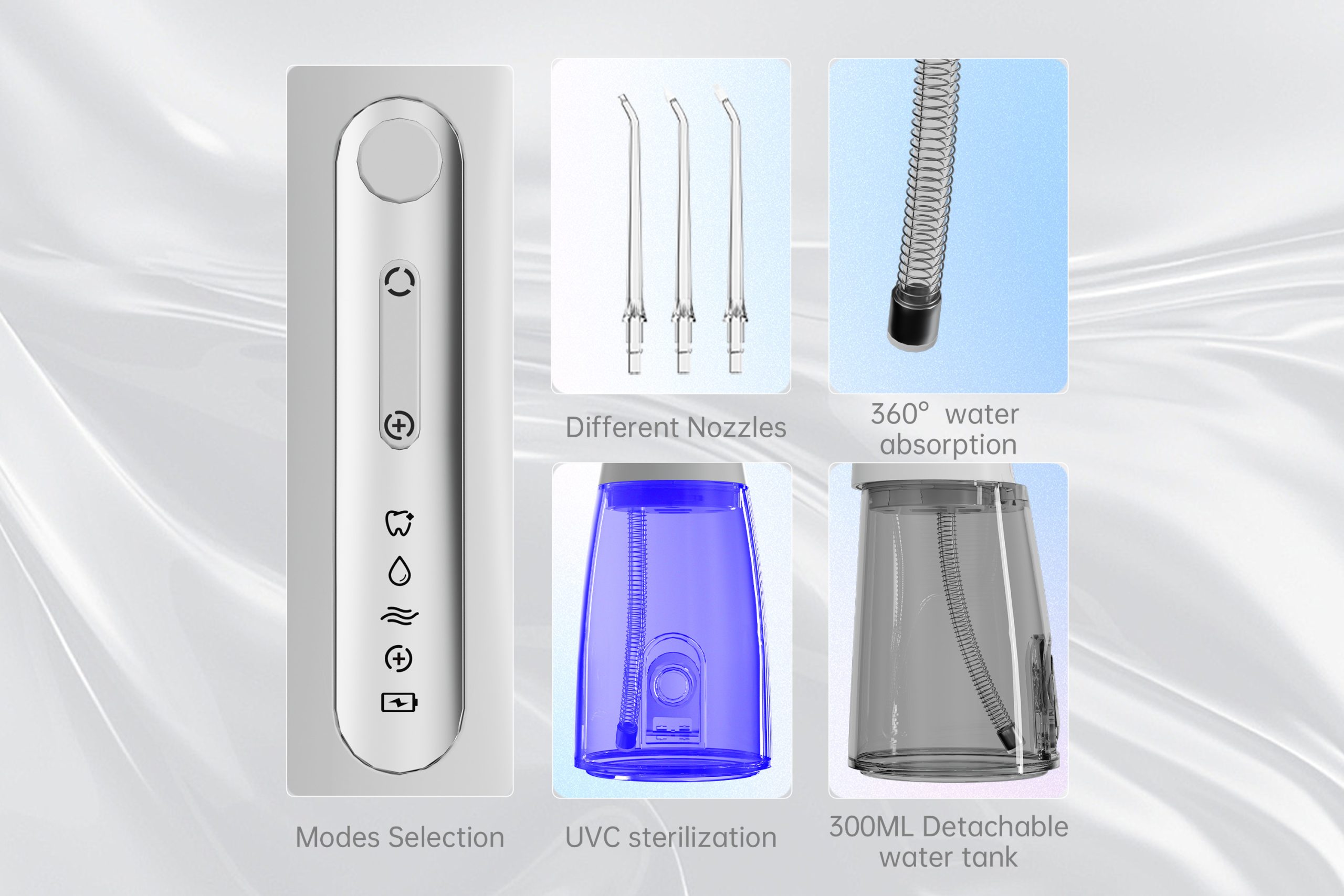
From the Perspective of Suppliers: How to Choose the Appropriate Water Flosser Pulse Frequency
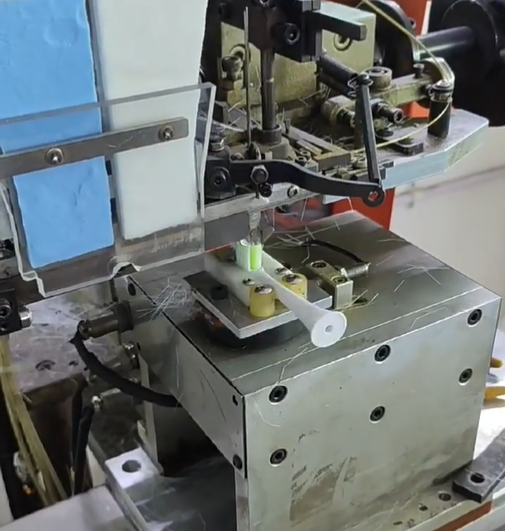
The Science of Electric Toothbrush Bristle Layout: How Do Cross-pattern, Wave-pattern, and Height Difference Affect Cleaning Power?
.jpg)
Is Dental tourism viable for Kirkland services?
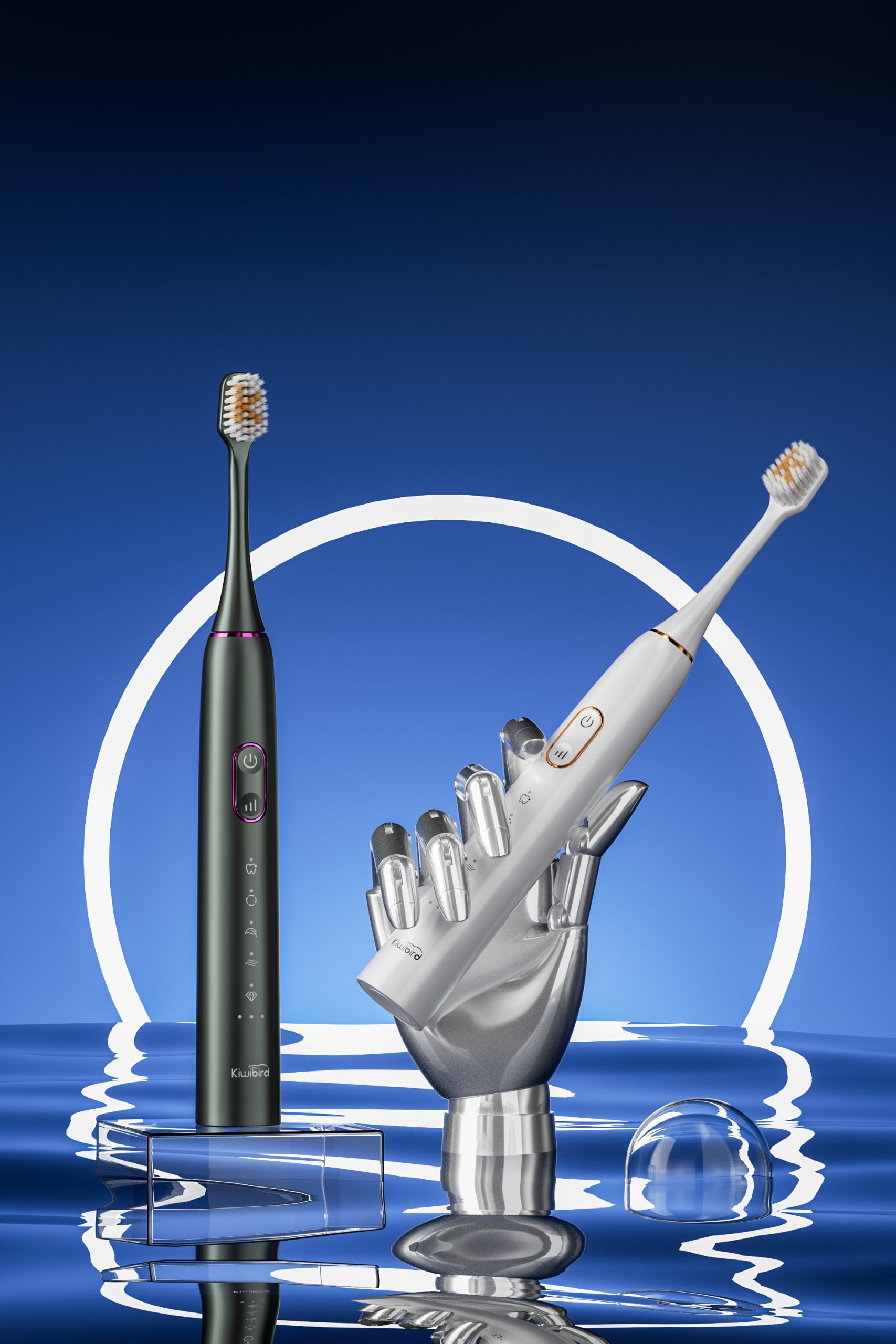
How to Effectively Reduce the After-Sales Return Rate of Electric Toothbrushes

Electric toothbrush heads Charcoal Infused-Diamond
.jpg)
Florida Electric Toothbrush – Powsmart PTR-C8

electric toothbrush heads Charcoal Infuse-Round

electric toothbrush heads Regular Clean

Customization Teeth Whitening Gel

electric toothbrush heads Deep Clean

Private Label Whitening Gel

electric toothbrush heads Ultra Soft
whstapp
whstapp
National Toll-Free Service Hotline
+86 755 86238638